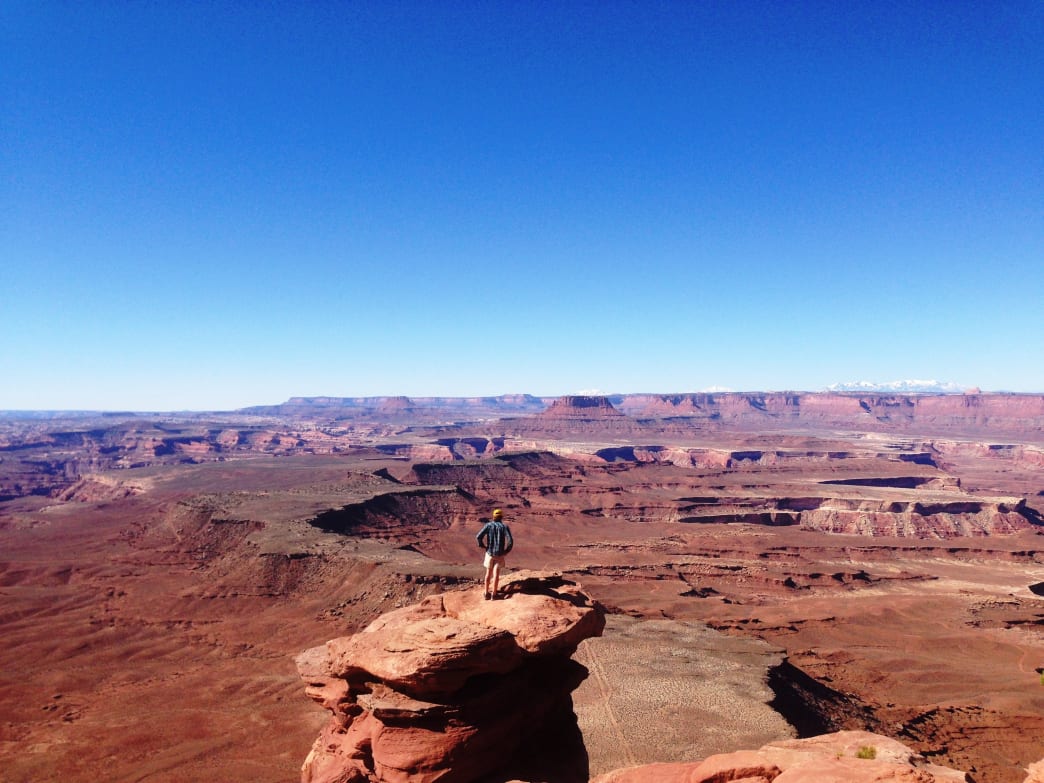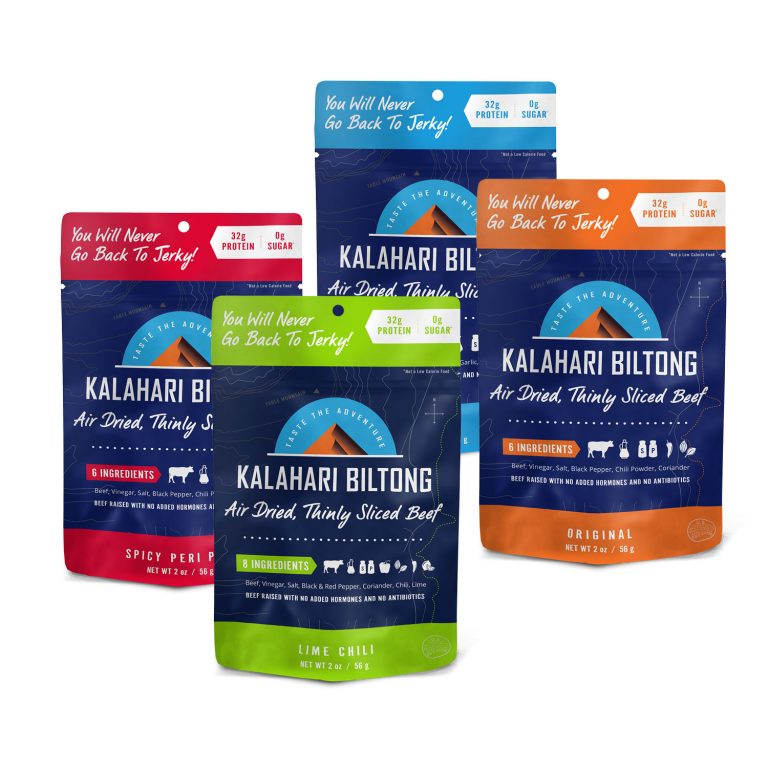We’ve all been there: scrolling through post after social media post of everyone else’s epic adventures, often from the vantage point of a desk. In the age of tough job markets and crippling student loan debt, it can be tough to pay the bills, let alone set aside the cash for a getaway. A trek in the high Himalayas might not be on the docket—this season, anyway—but tightening your belt doesn’t have to mean Netflix-and-chilling all weekend.
Read on for a confirmed dirtbag’s tips and tricks for shoestring success.
1. Find Gear on the Cheap

Emma Walker
New gear can be pricey, and while there are some things you should think twice before buying used—think cooking utensils and climbing hardware—it’s fun to have gear with a story behind it. Make a list of all the gear you’ll need for an upcoming adventure, and cross off the items you already have. For the remainder of your wish list, consider the following options:
- Think Craigslist, but more specific: most popular outdoor activities have online forums devoted to them. (Think backpacking, climbing, mountain biking, packrafting—some even have forums on where to find deals on gear.) Sign up to see like-minded folks’ gear recommendations—and the gear they’re selling.
- Keep an eye on Steep and Cheap, which offers deep discounts on big-name brands. There’s no way to know what will be on sale next, but you can sign up for alerts to be notified when items become the “current steal.”
- REI dividend season is upon us, which means REI members get back 10% of the money they spent last year, plus a coupon for 20% off a full-price item. This also means REI stores around the country will be hosting members-only garage sales, where you can score all the lightly-used stuff returned by REI members for well below full retail price.
- Check with your local mom-and-pop gear retailer about their demo gear policies. You might be able to demo high-end gear for a fee, and shops often sell off their demo bikes/skis/other big-ticket items at dirt-cheap prices at the end of the season.
2. Don’t Splurge on Navigational Aids

Emma Walker
For $20, download the Gaia GPS app to your iPhone or Android and use your device as a GPS. Prefer paper maps and guidebooks? Members of the American Alpine Club can borrow books and maps from its library for free—when your month is up, you’re just responsible for the return shipping. Many public libraries also have an extensive collection of local guidebooks and beta, and allow library cardholders to copy pages or maps for a nominal fee. (Consider printing on your own waterproof paper , or, cheaper yet, “laminating” your copies in a gallon-size Ziploc.)
3. Plan Meals Like a Pro

Emma Walker
Don’t despair: A tight budget doesn’t mean you’re stuck with tuna-mac all weekend. Avoid expensive, individually packaged freeze-dried meals, which often have sufficient protein but lack calories and fat. Buy ingredients in bulk (for maximum calories per dollar, think potato pearls, instant stuffing mix, dehydrated soups—mixed and matched to taste), portion them out at home, and bring them on the trail with you. For inspiration, check out the NOLS Backcountry Cookery or—for the creative cook—consider taking bulk food prep to the next level with a food dehydrator .
4. Do Your Homework

Emma Walker
Permitting and administrative fees can add up quickly, especially in a national park—America’s best idea isn’t cheap to run. If you can be flexible, you might save more than a few bucks (and, as a bonus, avoid the crowds).
- For frequent flyers, the $80 America the Beautiful Pass pays for itself in just a few visits. Many state parks also offer economical annual passes for regular visitors.
- Research adjacent public lands. The landscape you want to visit doesn’t end at the borders of a national park—the neighboring space may be managed by another agency (think BLM, state park, national forest), whose permits are more affordable and less competitive, if they’re even required. Often, public lands are open to dispersed, primitive camping with no fees– just make sure you practice proper “Leave No Trace” land use ethics.
- If you’re set on visiting a specific place, check with the land manager to find out when their peak season is. Many parks continue to allow the few hardy shoulder season visitors, but don’t bother charging entrance or permit fees..
Written by Jeff Banowetz for RootsRated and legally licensed through the Matcha publisher network. Please direct all licensing questions to legal@getmatcha.com.
Featured image provided by Emma Walker

















